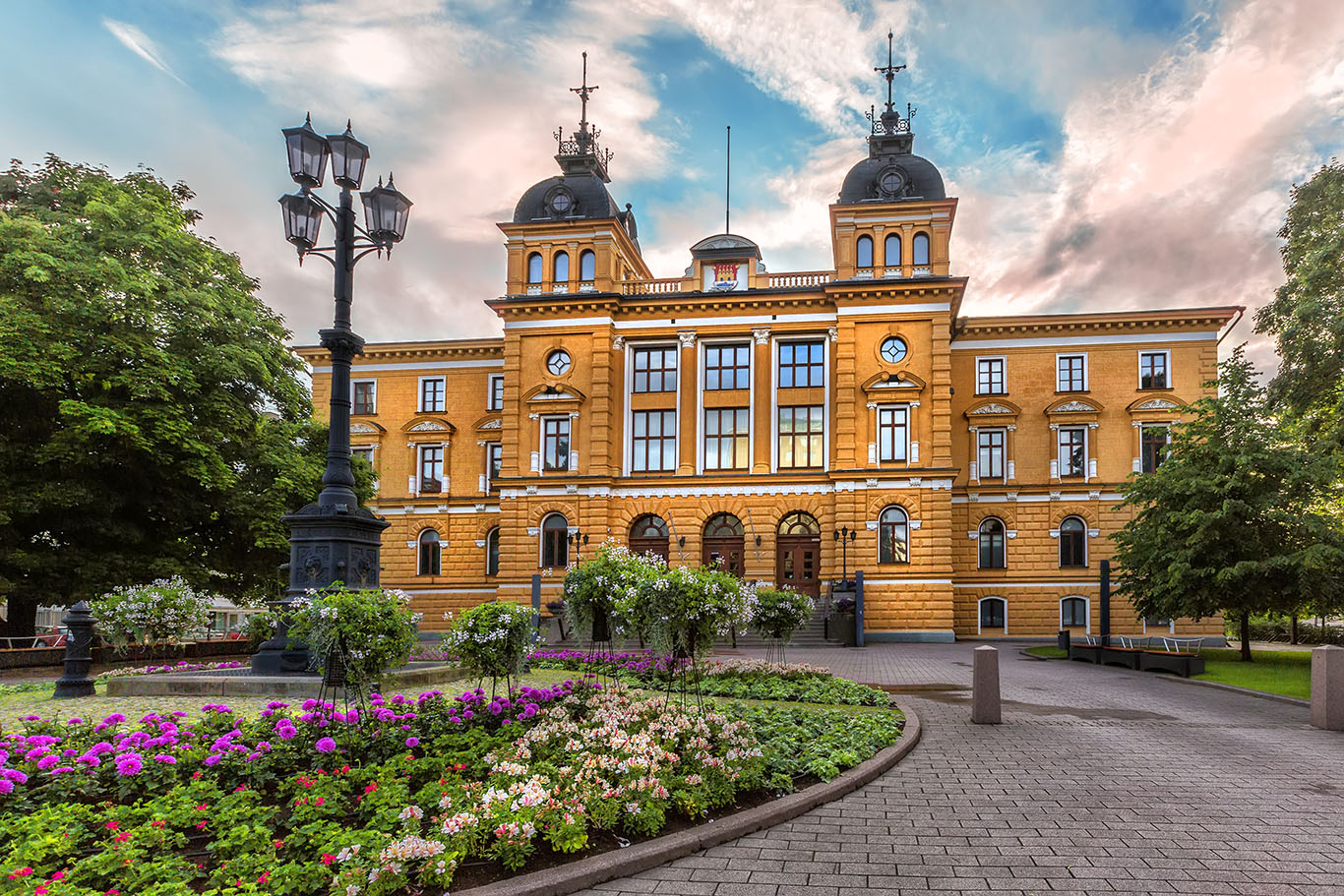CITY CONTEXT
Oulu was chosen as one of the two Lighthouse Cities involved in MAKING-CITY because of its current urban energy transformation strategy. In 2012, the city council of Oulu adopted the Sustainable Energy and Climate Action Plan (SECAP) targeting a 20% reduction of Oulu’s carbon gas emissions by 2020. A new SECAP is under development to further cut emissions. Actions such as increasing renewables as energy sources and developing biogas use are expected to achieve this objective.
PED IMPLEMENTATION
In Oulu, the district of Kaukovainio was selected to implement the PED concept developed in MAKING-CITY. Located 3 km from the city center, this urban area gathers nearly 4,700 inhabitants and is mainly dominated by high-rise buildings and individual houses. The PED approach aims to revitalise the district by attracting more residents and families, fostering a community spirit, advancing equality between population groups, and promoting sustainability.
Overall, the PED implementation in Kaukovainio is driven by the 2012 Master Plan for “land use, environmental, and transport” which is based on open meetings gathering residents, key players and Oulu representatives. Firstly, the retrofitting of residential buildings (windows, heat recovery from outgoing streams, etc.) will maximise infrastructure performance.
One innovative feature is feeding excess heat from refrigeration to the district heating network and phase change material thermal energy storage tanks at the Arina grocery store. Coupled with solar panels covering the roof of this building, the tanks assure seasonal energy storage: in summer, the extra energy produced will be redistributed into the district network (heating and hot water), or stored for winter energy demand peaks.

